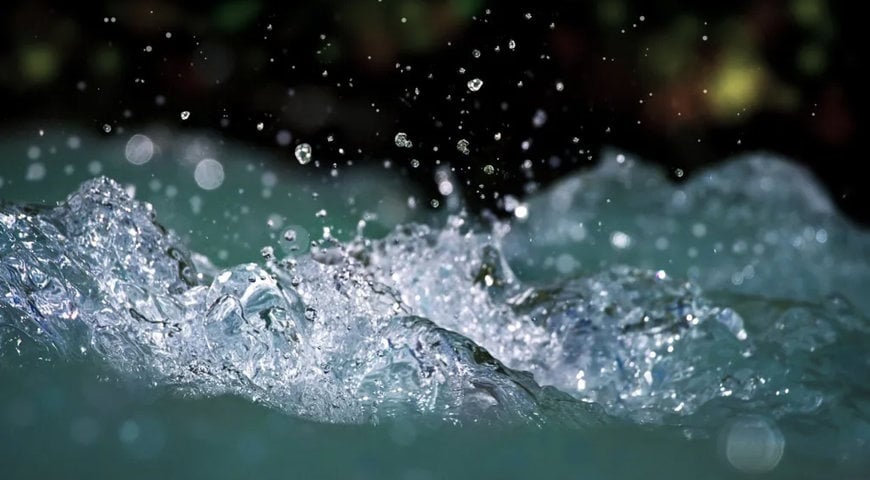www.industryemea.com
28
'22
Written on Modified on
WITH AI AND DIGITAL TWIN TO A SUSTAINABLE WATER MANAGEMENT
Climate change, urbanisation, water pollution and stricter laws and regulations – water management is facing major challenges. In order to meet the increasing demand for clean water and to protect water resources sustainably, innovations, ideas and initiatives are required. At this year's IFAT, SIEMENS will be showcasing how digitalization and automation are helping to meet these requirements and promote and optimize sustainable water management.

Siemens will show real application scenarios of these technologies live on a water model. The model represents a typical pump application from the water or wastewater plant. In various scenarios, Siemens is demonstrating how, for example, pump blockages can be avoided, processes can be optimized with the digital twins, and how the industrial safety of water systems can be ensured as critical infrastructure.
An important lever for efficient and sustainable water management is the comprehensive use of digitization. By networking and linking process, planning, and operating data, the entire technical and organizational process/value chain of a water infrastructure system can be mapped in digital models of buildings and plants, a so-called digital twin. With the PlantSight solution, a complete and always up-to-date digital twin of the plant can be created, which enables the increase of plant performance and optimization of operations over the entire life cycle of the plant.
Together with its partners in the water/wastewater industry "Zahnen Technik" and "Emscher Genossenschaft", Siemens will be presenting the successful PlantSight approaches and projects at the trade fair.
Smart applications for the water industry
With Siemens Water (SIWA) applications specially developed for the water/wastewater industry, operators optimize energy efficiency, avoid water losses, reduce water pollution, and implement predictive maintenance measures. Depending on the different requirements that plant operators face, Siemens offers applications for use in the cloud and for edge. Through edge computing, for example, large amounts of data can be collected and evaluated promptly in order to then make a prediction for scenarios or system behavior.
In addition, some of the SIWA applications are based on an AI algorithm. With the help of the AI Applications plant operators can intelligently monitor and optimize drinking water networks and wastewater systems and react quickly and proactively to challenges such as contamination of groundwater by blockages in sewers or leaks.
Identify leaks prematurely and with high precision with “SIWA LeakPlus”
The intelligent solution uses an AI-based algorithm to identify and classify anomalies in the pipe network. To ensure reliable operation, “SIWA LeakPlus” is first "trained" with existing flow and pressure data. As a result, the system learns to separate anomalies from regular operation and to assign the correct cause to each anomaly.
Clean waters with AI-based SIWA Blockage Predictor app
By using artificial intelligence, the SIWA Blockage Predictor app determines the acute as well as developing blockages in the wastewater network, which can lead to pollution from the sewer network and thus to the leakage of untreated wastewater into the environment. Thanks to networked assets, anomalies are detected at an early stage, so that imminent blockages can be avoided.
Cost-optimized pump operation in water supply systems with “SIWA Optim” and “SIWA OptimDynamics”
"SIWA Optim" and "SIWA OptimDynamics" ensure fully automated and at the same time cost- and energy-efficient pump operation in the water supply systems. Operators benefit from energy and cost savings of up to 15 percent. Using algorithms, the SIWA Optim app collects current data from the plant's process control system and links it to data from public utilities and consumption forecasts. After evaluating the data on site or in the cloud-based IoT operating system Mindsphere, the operator receives immediate access to the information relevant to him. "SIWA OptimDynamics" uses hydraulic modelling of the pumping station to calculate the most efficient solution for transporting drinking water. Special algorithms based on plant and equipment data as well as consumption forecasts reduce the energy consumption of the operating procedures for pumps and valves.
www.siemens.com

